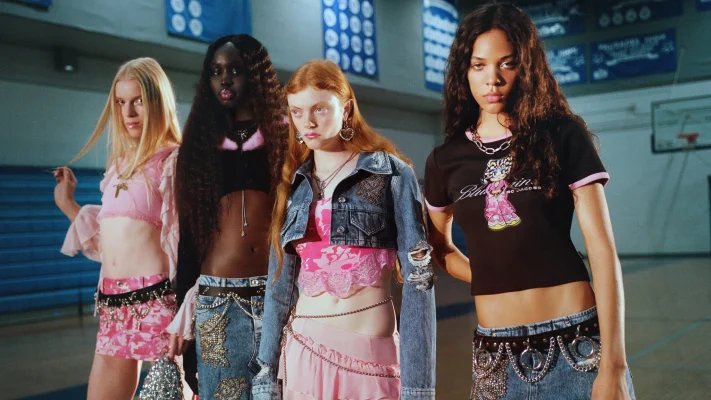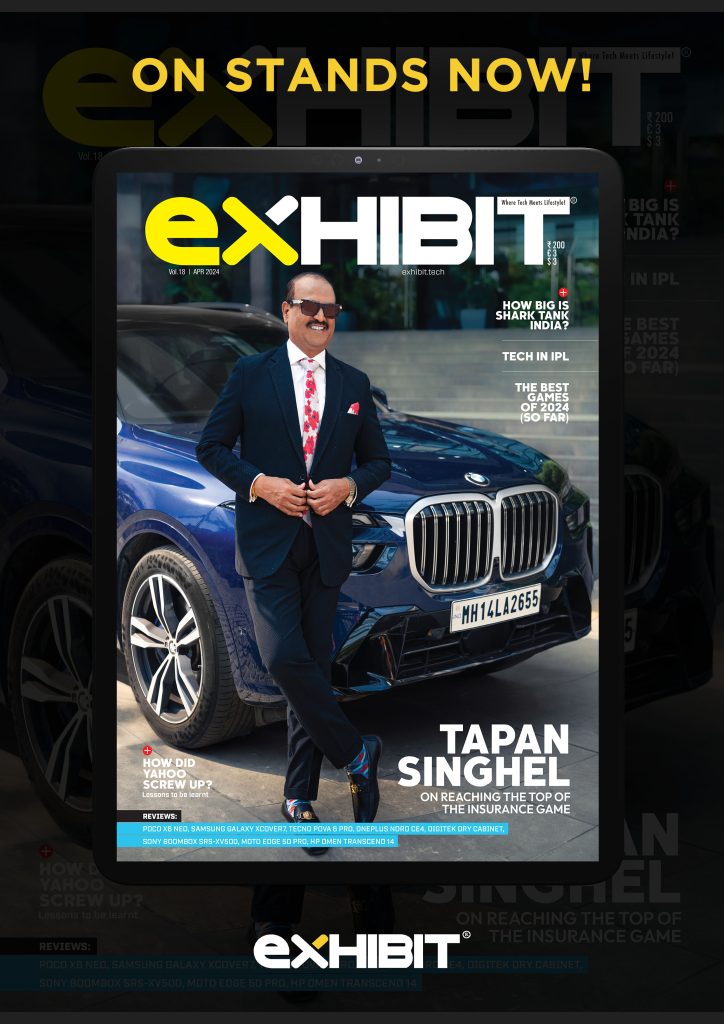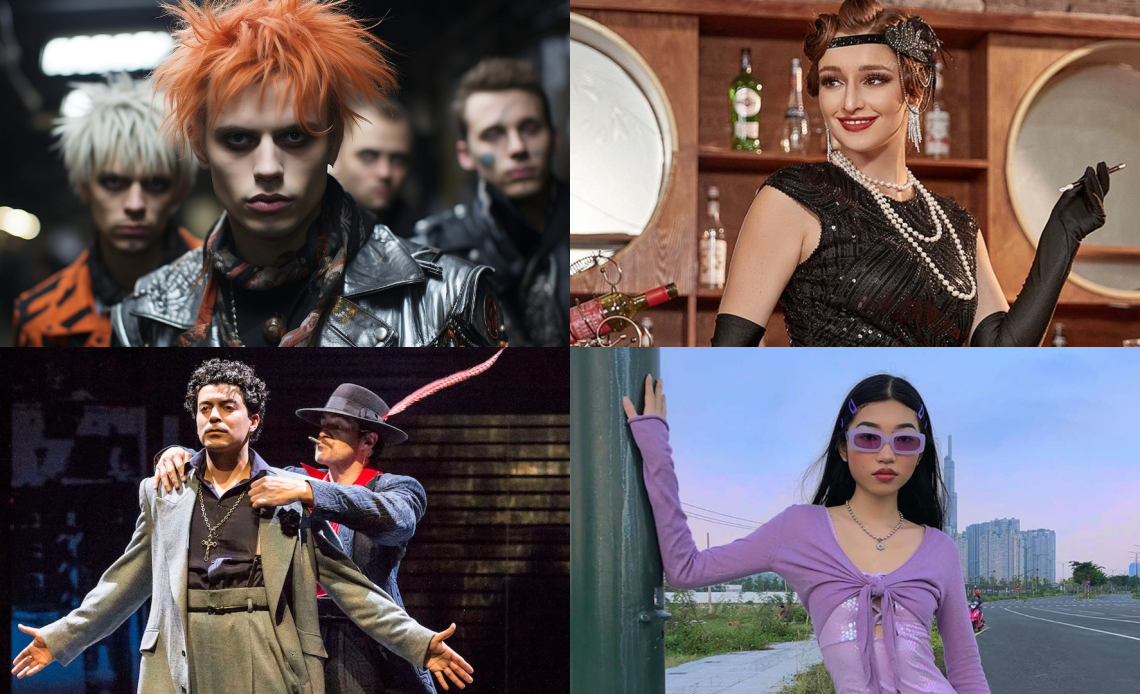
Fashion trends evolve constantly, reflecting changes in culture, technology, and societal norms. What was the norm today is not the norm a decade ago. Time changes everything and fashion is the pinnacle of proof. It expresses the individual’s personality and how their freedom of expression also evolved with it.
Flapper Dresses – 1920s
You must have seen those loose thread dresses adorned with fringes, and embellishments some day in your life. Flapper Dresses symbolised the liberation of women during the Roaring Twenties. After women won the right to vote, social change was rapid and came in the form of fashion. The knee-length dresses were considered “scandalous” for those times but symbolised a form of rebellion.
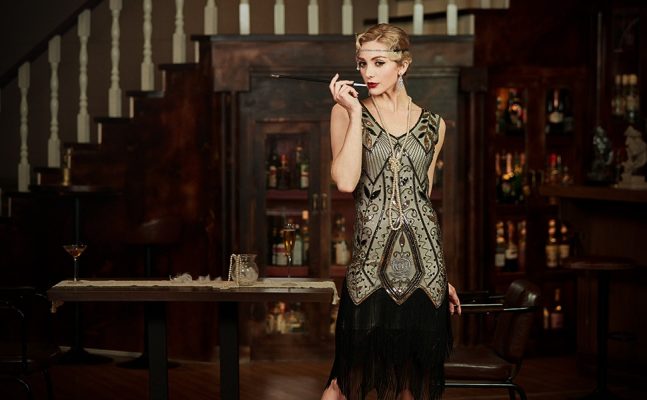
Zoot Suits – 1940s
Popularised by African-American and Latine communities, zoot suits featured oversized jackets with wide lapels, high-waisted, pegged trousers, and exaggerated accessories like wide-brimmed hats. These became a symbol of the Hepcat and Pachuco subcultures. It also became popular with Italian, Filipino and Japanese Americans in the 40s.
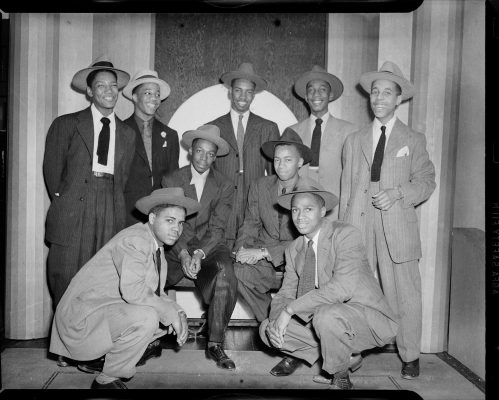
New Look – 1950s
Introduced by Christian Dior, the New Look featured full skirts, and nipped-in waists, and emphasised femininity and luxury after the heavy consequences of World War II. The material these garments were made of was a promise to the housewives in the 50s to lessen their burdens.
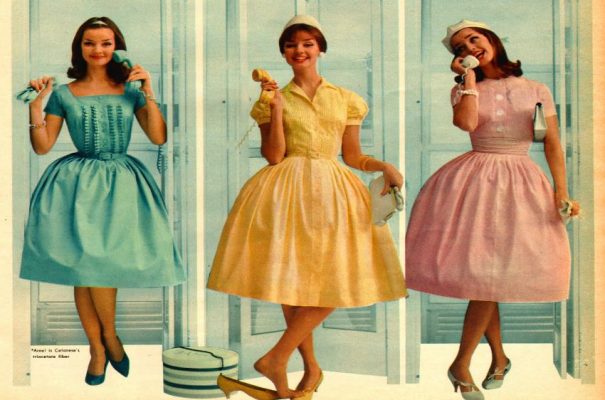
Mod Fashion – 1960s
Shocked by bold geometric patterns, mini skirts, and shift dresses, mod fashion, coming from the term “modernist”, reflected the youth culture and rebellion of the 1960s. The fashion is still relevant today with several celebrities donning this look well after the 60s.
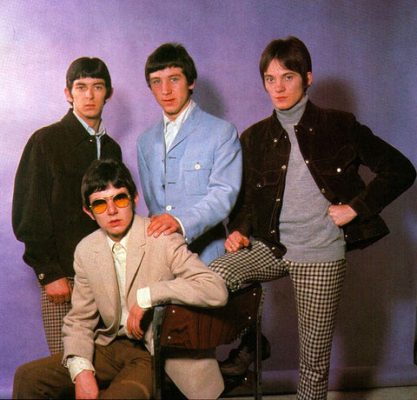
Hippie Style – 1970s
Inspired by the counterculture movement, hippie fashion featured long, flowing skirts, bell-bottom jeans, tie-dye patterns, and eclectic accessories like beads and headbands. They developed their sense of individuality and style which caused them significant marginalisation.
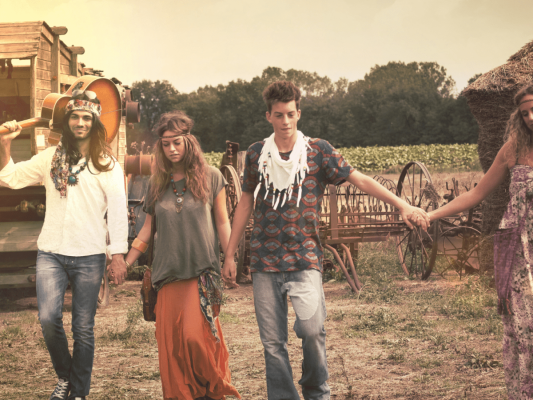
Disco Fashion – 1970s
Reflecting the glamour of the disco era, disco fashion included sequined dresses, platform shoes, jumpsuits, and bold, metallic fabrics. People gathered in nightclubs to dance under the disco lights and let loose amongst the craze of the 70s. The style suited a range of body styles and shapes, inclusive beyond its time.
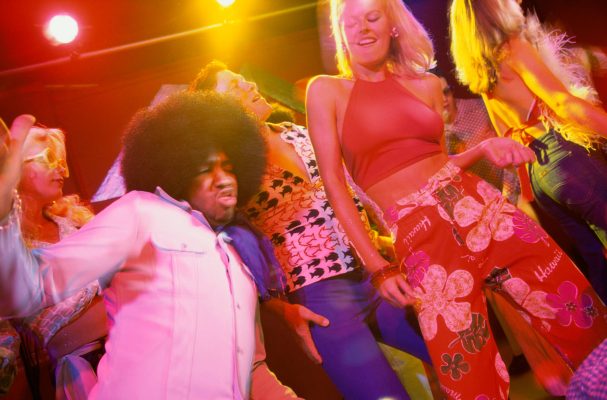
Power Suits – 1980s
Power suits featured shoulder pads, tailored blazers, and high-waisted trousers, often in bold colours and patterns. It symbolised women’s empowerment in the workplace and supported breaking gender roles and norms.
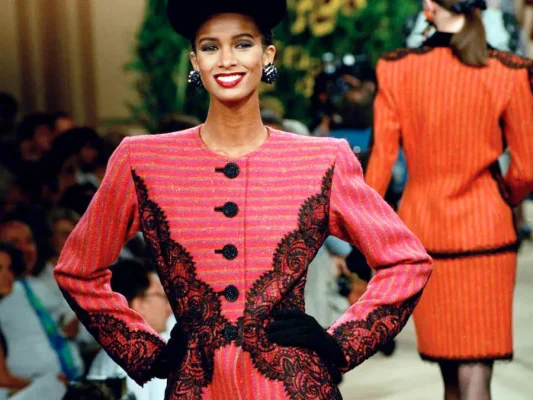
Punk Fashion – 1980s
Punk fashion was a rebellion against mainstream culture. The DIY aesthetics, ripped clothing, leather jackets adorned with studs, safety pins, and heavy boots were intimidating yet inspiring. There are many subgenres of punk fashion stemming from different political ideologies and mixing with other fashion styles.
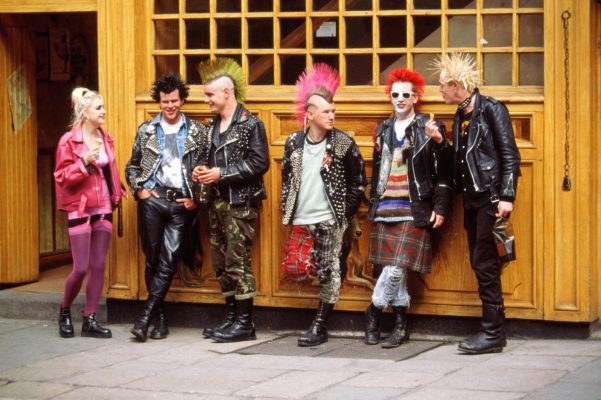
Grunge Style – 1990s
Grunge fashion featured flannel shirts, ripped jeans, combat boots, and a laid-back, unkempt aesthetic. This was popularised by bands such as Nirvana, Pearl Jam and Soundgarden. This style is timeless even today.
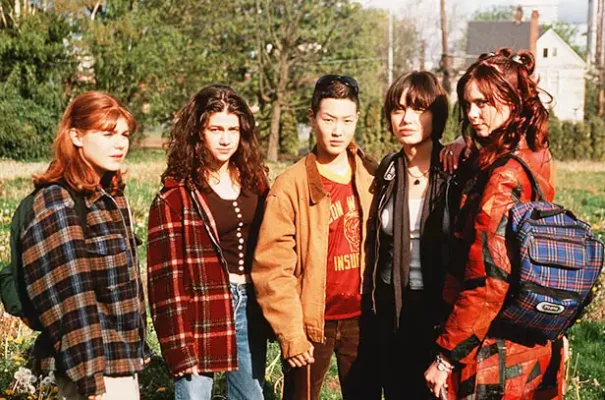
Minimalism – 1990s
Inspired by the clean lines and simplicity of Japanese design, minimalist fashion emphasized neutral colours, simple silhouettes, and high-quality fabrics. It applies the idea of removing what doesn’t bring joy to you and keeping what does. This style filters out unnecessary garments. It’s the antithesis of consumerist behaviour.
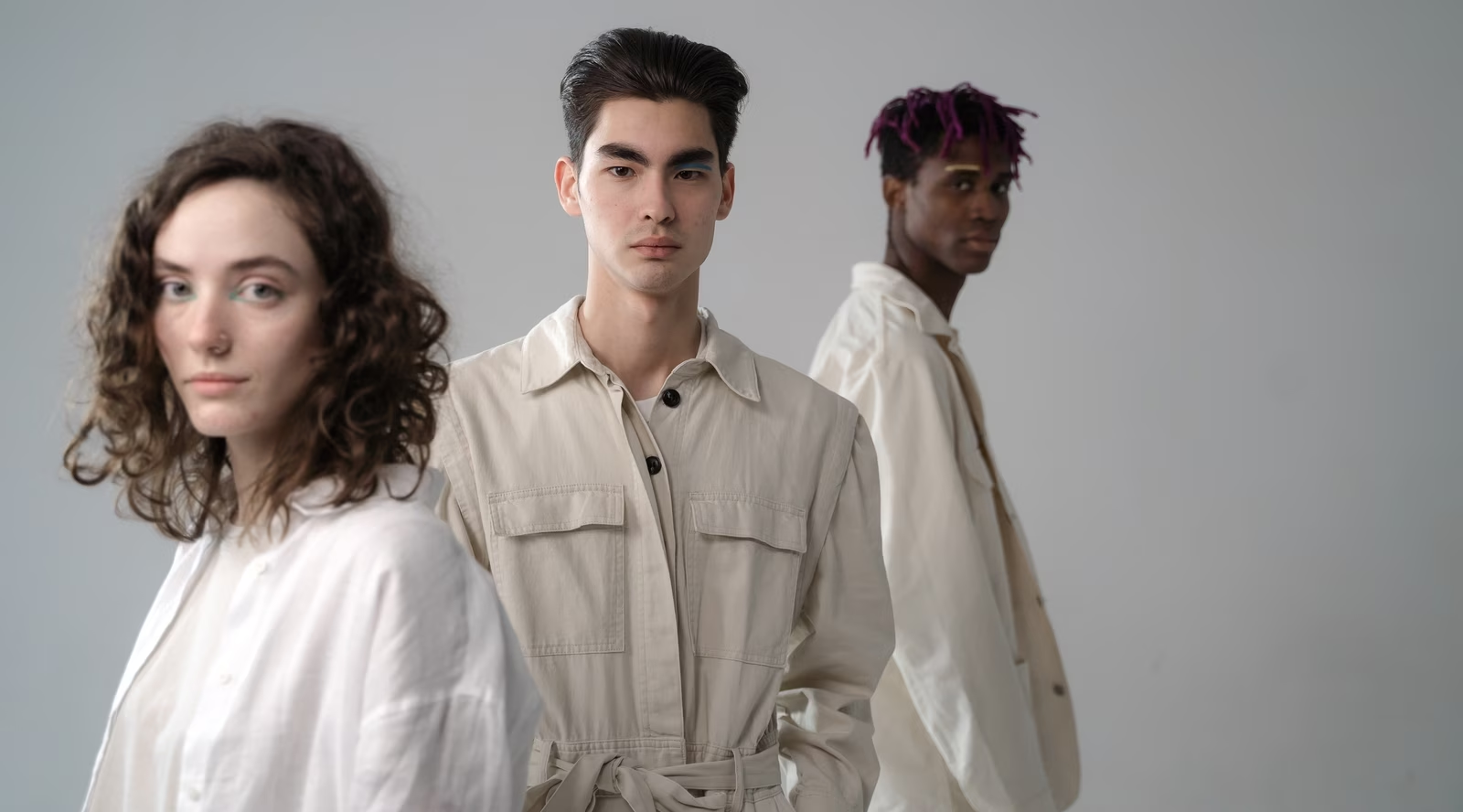
Streetwear – 2000s
Blurring the lines between high fashion and casual wear, streetwear included graphic t-shirts, hoodies, sneakers, and branded accessories, often influenced by urban culture. It’s significantly more casual than anything else on this list.
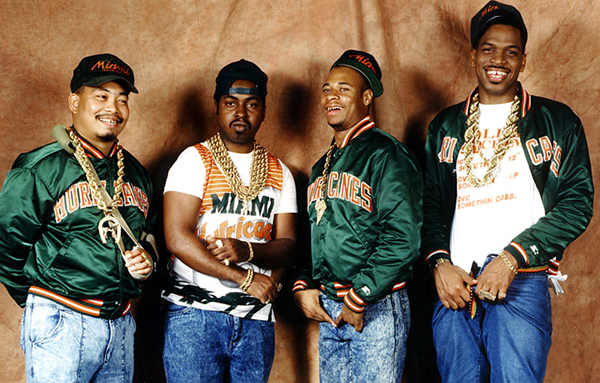
Boho Chic – 2000s
Inspired by bohemian and hippie aesthetics, boho chic fashion featured flowy maxi dresses, peasant blouses, floral prints, and layered jewellery. These styles were mostly associated with Mary-Kate Olsen, Kate Moss, and Sienna Miller. This trend was first observed back in the early 1990s and can still be seen worn by people today.
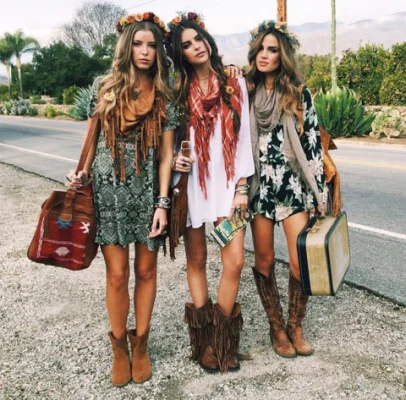
Normcore – 2010s
Normcore embraced simplicity and practicality, featuring basic, unbranded clothing like plain t-shirts, jeans, and sneakers. The average-looking clothing rejected overt trends and was usually worn by people who did not wish to distinguish themselves.
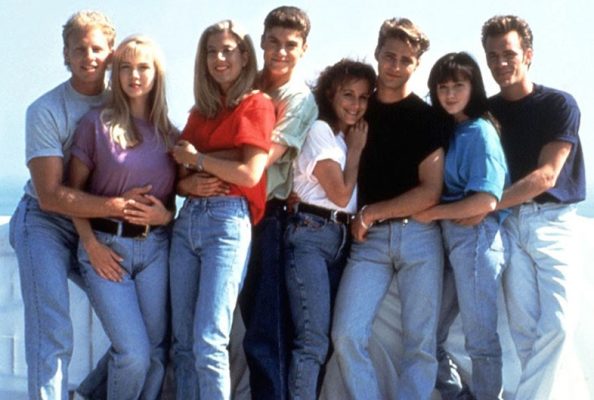
Athleisure – 2010s
Athleisure is a fusion between fashion and fitness. It included activewear like leggings, sports bras, and sneakers worn as everyday clothing, blurring the lines between gym and street style.
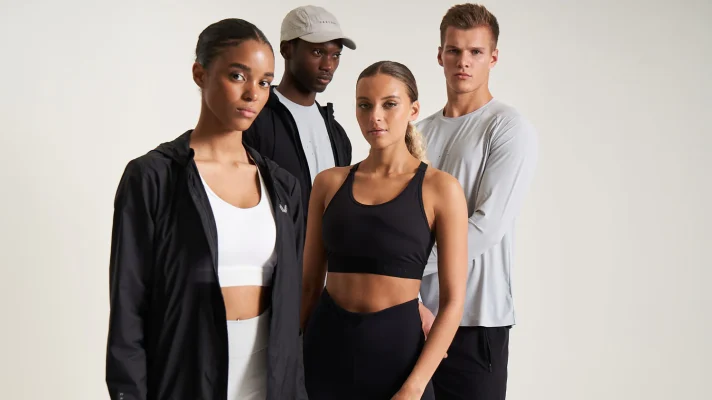
Gender Fluid Fashion – 2010s
Breaking down traditional gender norms, gender-fluid fashion embraced androgynous silhouettes, unisex clothing, and non-binary styles. Some would argue that gender-fluid fashion is not a trend but a reality. People will actively choose to wear gender-fluid clothing even if the so-called trend dies out. Moreover, they wore it for years before it rose to prominence.
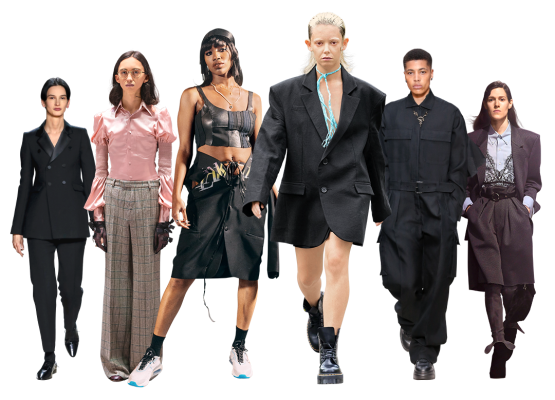
Sustainable Fashion – 2010s
In response to environmental concerns, sustainable fashion promoted ethical manufacturing practices, and eco-friendly materials, with a focus on durability and longevity. It uses biodegradable materials from natural or recycled fibre. There are no pesticides involved, reducing the carbon footprint created by the brands selling sustainable products.
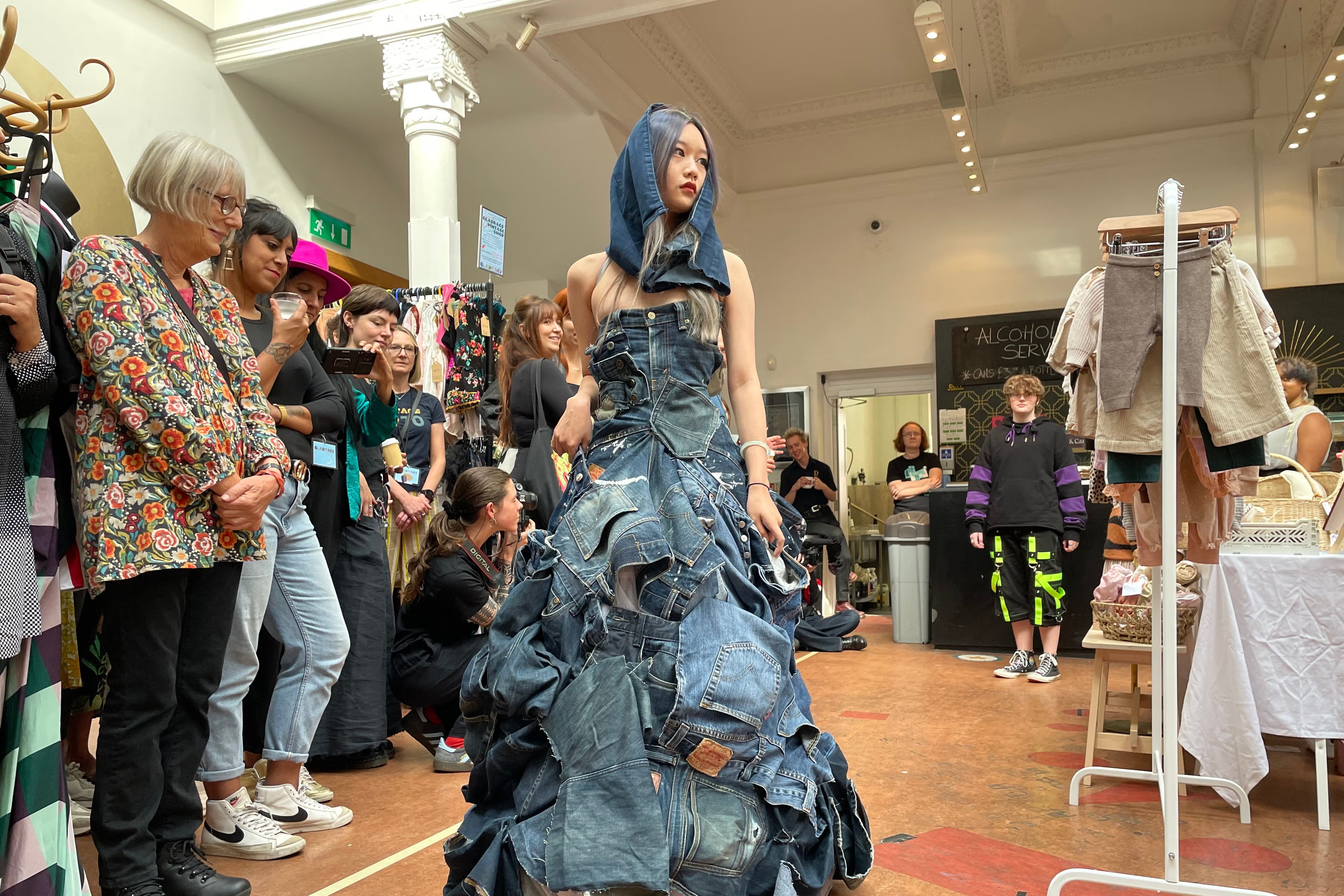
Logomania – 2010s
Logomania sounds exactly like it is. It is the obvious use of logos over any item of fashion. Characterised by the prominent display of logos and brand names, logomania saw a resurgence in designer logos on clothing and accessories, signalling luxury and status.
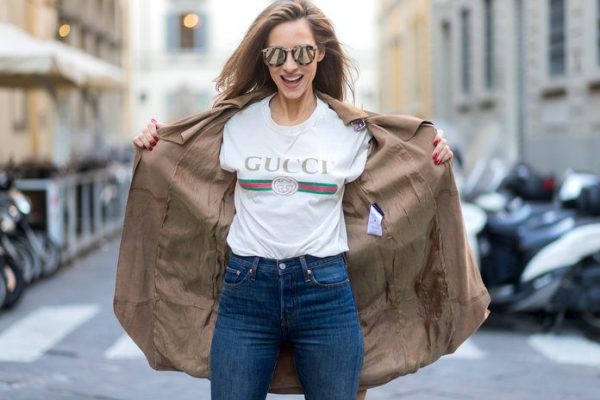
Y2K Revival – 2020s
Y2K revival features trends like low-rise jeans, butterfly prints, rhinestone embellishments, and nostalgic nods to the turn of the millennium. These trends were first observed in the 2000s and defined every celebrity’s look on the red carpet. It makes you stand out and the cute accessories are the highlight. It’s back and here to stay after Gen Z has found the aesthetic incredibly flattering.
